Is Baroque Pearls Real Or Fake? Check With Tests!

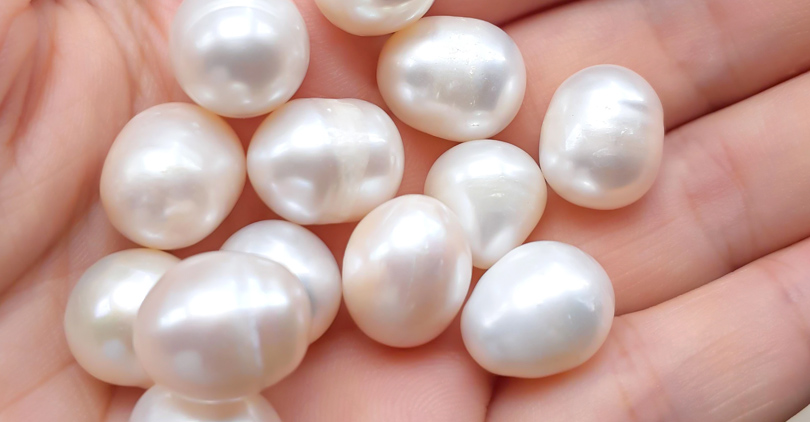
Baroque pearls offer unique shapes, various colors, and incredible luster, becoming a trendy option for creative jewelry designs. However, people produce fake baroque pearls using glass, plastic, or oyster shells to get faux value in the market.
Before spending hundreds of bucks on baroque jewelry, check the authenticity of your pearls to enjoy eye-catching luster with classic elegance. Besides, the timeless beauty and endless shine of baroque adopt trendy styles of formal, casual, or fancy outfits.
If you’re still confused about baroque jewelry, scroll through our guide to find authentic pearl jewelry for you.
How Real Are Baroque Pearls?

Due to various shapes, lusters, colors, and shades, people consider baroque as fake versions of round one. But baroque pearls are 100% real as the endless iridescence reflects into every angle of beautiful shapes, creating mystic shine with a rainbow of colors.
Though 70-90% of cultivated pearls are baroque, realistic-looking synthetic pearls are still available in collector’s markets and jewelry shops. Hence, it is essential to clarify a few factors and understand some tests for picking authentic baroque jewelry.
Formation Process Of Baroque Pearls
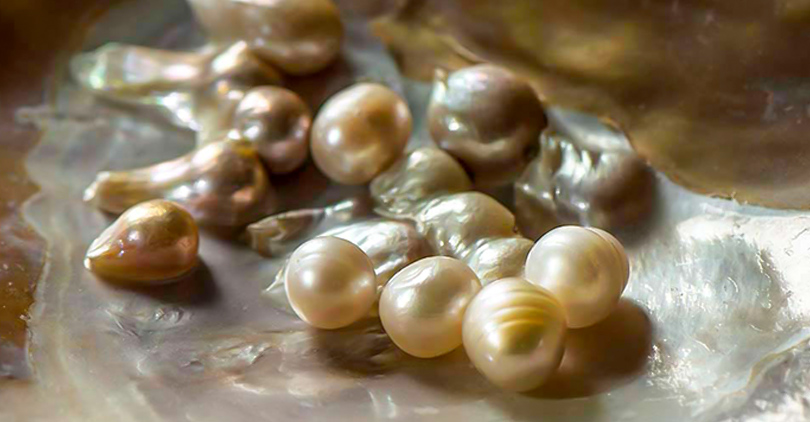
Most baroque pearls form as the mantle tissue nucleated rather than bead, which won’t occur in the soft tissue. Once the cysts become stuck in the muscular tissue, the interruption faces encounters with adjacent muscles.
In addition, the resistance of mussels in the oyster secretes thin layers of nacre to coat the nucleus. Monica Vinader states that a coating of uneven nacre layers leads to the formation of irregular or imperfect baroque pearl shapes.
Further, various layering processes create specific shapes, which include coins, Keshi, teardrops, hearts, twins, and cross pearls.
How to Tell Real vs. Fake Baroque Pearls

To identify genuine baroque pearls, try a tooth test, rubbing, knocking, or a close inspection. Let's explore these testing methods in detail.
Tooth Test
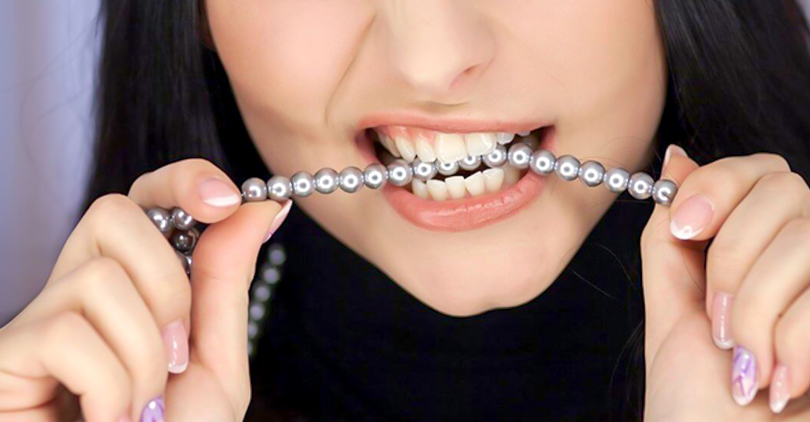
When biting or rubbing the baroque with teeth, an authentic pearl shows a sandy or gritty texture, while a fake gives a plastic-like smooth feel. Due to the microscopic aragonite layering of pearl, the surface gives a rough, gritty feel on tooth test.
Based on Pure Pearls, fake pearls use a shell coating that produces pearl powder and feels like sand or gritty on teeth. If the imitation pearl uses a special coating, it becomes hard to distinguish real and fake baroque.
However, most jewelry shops won’t let you rub pearls into teeth, as tooth tests are unhygienic and may cause digestive problems.
Rubbing Or Knocking
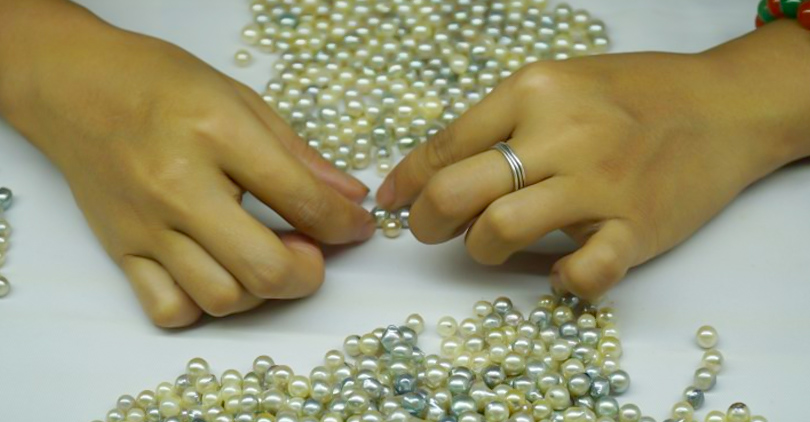
Rubbing or knocking two baroque pieces together can create gritty powder and produce various sounds that help to check the authenticity.
If the pearl powder feels a little gritty, you’re rubbing a real one, whereas a pale scratch detects the fake ones. On the contrary, genuine baroque produces a thin, metallic sound, while imitation pieces bring out a light, low-pitched sound.
Close Inspections
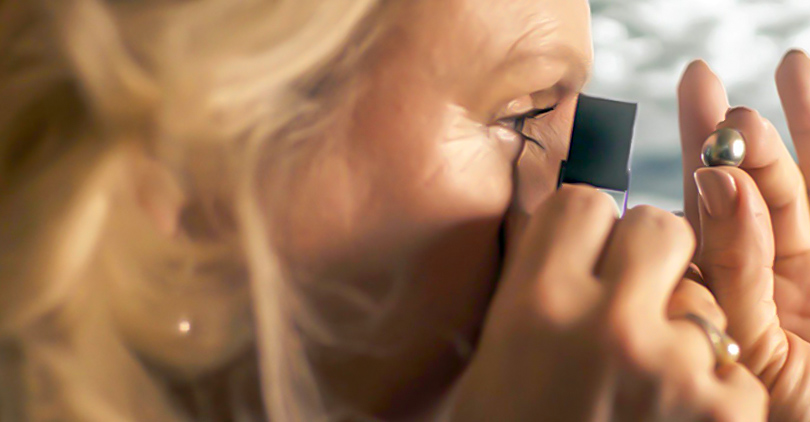
Genuine baroque pearls are unique in shape and unidentical in nature, as various nacre layering creates specific shapes.
On the other hand, fake baroques are uniform and identical due to the use of machines. Hence, check out the irregularities and ridges of pearls to pick genuine baroque pearls for your desired jewelry.
What makes Baroque Pearls Special?

Whether necklaces, pendants, bracelets, or earrings, baroque pearls' unique shapes, various colors, and incredible luster bring an artistic touch to any look.
In addition, irregular sizes create attractive and eye-catching designs that suit formal, casual, or fancy outfits. Even the unique shapes inspire artisans to infuse creativity and adopt modern styles on the desired jewelry.
From Zafari Studio, quirky surface textures with an array of colors make a striking combo in the fashionable style that creates a better impact on your attire. In short, the eye-catching luster with gorgeous color elevates the classic elegance of any outfit.
History of Baroque Pearl Jewelry
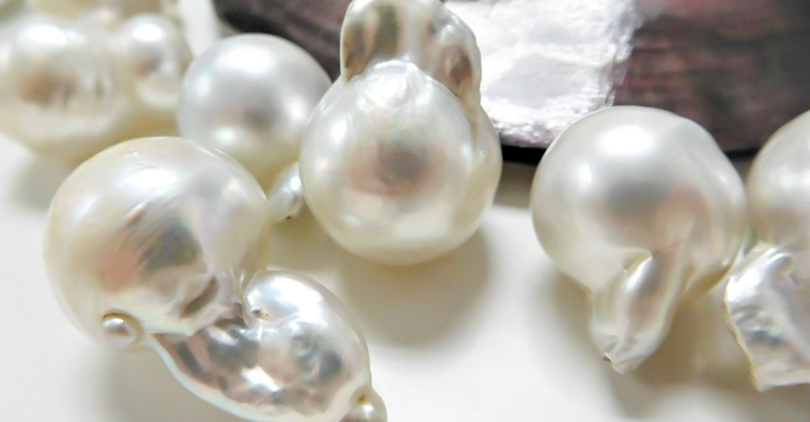
For over a century, baroque jewelry was worn by royal people in elite societies to indicate social status and financial position. During the Renaissance period, people valued baroque to make ornaments and evoke richness into attire.
Cleopatra used to drink a pair of earrings by dissolving into wine to show pure love for her husband, Mark Antony. Spanish authority used unique shapes of baroque pearls on crown jewels as a sign of wealth for kings or queens.
In the modern trend, timeless beauty and the endless shine of baroque merge trends with a classic vibe and elevate personal style. Hence, these pearl suits classic, modern, and trendy styles and perfectly infuse color into formal, casual, or fancy outfits.
Warp Up
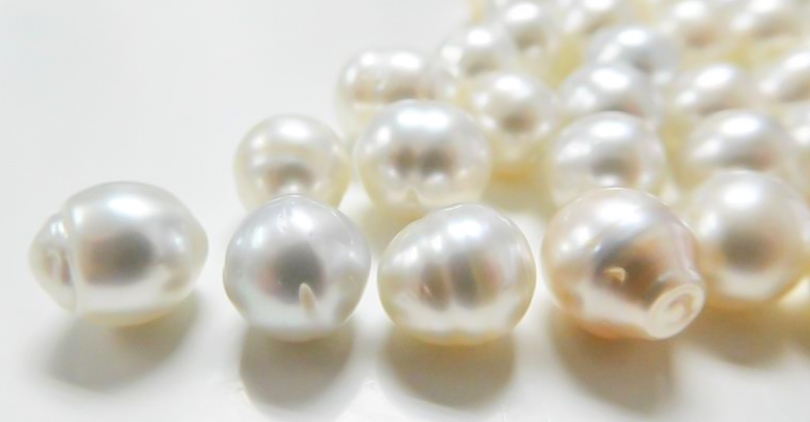
Baroque pearls offer unique shapes with a mystic shine that suits traditional, bohemian, or modern outfit styles. However, realistic-looking synthetic pearls in the jewelry market can diminish people's experience of the baroque.
Only an authentic baroque pearl combines striking color and classic elegance, elevating various attire. So, visit White Victoria to pick authentic baroque jewelry and enjoy endless shine with trendy styles!


Leave a Comment